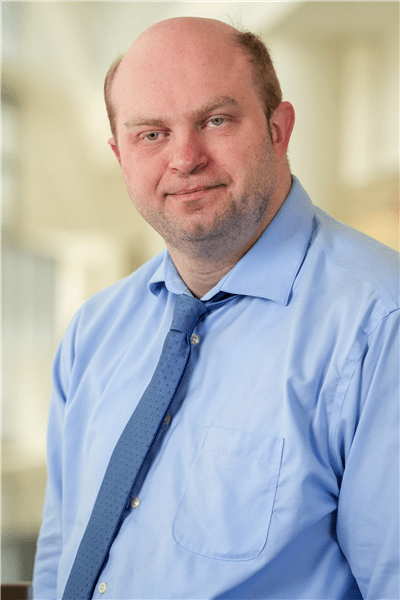
Lev Vaisman, MD, PhD
Assistant Professor of Clinical Neurology
- Address
-
GH 4700
NEUR
IN
Indianapolis, IN
Bio
Lev Vaisman, MD, PhD, is an assistant professor of clinical neurology at Indiana University School of Medicine. He joined the Department of Neurology faculty in August 2024.
Dr. Vaisman, who was born in the Soviet Union/Russia but grew up in Canada, obtained initial higher education in biomedical engineering at the University of Toronto. He completed medical school, an MD-PhD program, at Boston University School of Medicine in Boston, Massachusetts. This was followed by an intern year at Bridgeport Hospital in Bridgeport, Connecticut, and a neurology residency at Boston Medical Center in Boston. Dr. Vaisman pursued fellowship training in epilepsy and clinical neurophysiology at Thomas Jefferson University Hospital in Philadelphia, Pennsylvania. Following the completion of post-graduate training, he was a faculty member at the University of Cincinnati.
Key Publications
|
L. Vaisman, J. Zariffa, M.R. Popovic. Application of singular spectrum-based change-point analysis to EMG-onset detection. Journal of Electromyography and Kinesiology 20 (2010), pp. 750–760. |
|
L. Vaisman, P.R. Bergethon. A Novel P300 Evoked Potential Is Elicited by Proprioceptive Stimuli. Neurology, April 25, 2012; 78(Meeting Abstracts 1): P04.028 |
|
L. Vaisman, L. Dipietro, and H.I. Krebs. A Comparative Analysis of Speed Profile Models for Wrist Pointing Movements. IEEE Transactions on Neural Systems and Rehabilitation Engineering, vol. 21, issue 5 (2013), pp. 756-766. Published online on IEEE Xplore on Dec.10, 2012. |
|
Eisenstein, A; Vaisman, L; Johnston-Cox, H; Gallan, A; Shaffer, K; Vaughan, D; O'Hara, C; Joseph, L Integration of Basic Science and Clinical Medicine: The Innovative Approach of the Cadaver Biopsy Project at the Boston University School of Medicine. Academic Medicine. 89(1):50-53, January 2014. |
|
K.P. Michmizos, L. Vaisman, and H.I. Krebs. A comparative analysis of speed profile models for ankle pointing movements: evidence that lower and upper extremity discrete movements are controlled by a single invariant strategy. Frontiers in Human Neuroscience, volume 8 (2014), p. 1. Published online November 27th, 2014. |
| Year | Degree | Institution |
|---|---|---|
| 2022 | Fellowship | Sidney Kimmel Medical College at Thomas Jefferson University |
| 2022 | Fellowship | Sidney Kimmel Medical College at Thomas Jefferson University |
| 2020 | Residency | Boston University Medical Center |
| 2017 | Residency | Yale-New Haven Hospital |
| 2016 | MD | Boston University |
| 2016 | PhD | Boston University |
| 2008 | MS | University of Toronto |
| 2006 | BASC | University of Toronto |
I currently do not pursue research actively, but in the past my research focus was in the field of neurophysiology, specifically, proprioceptive evoked potentials, network analysis, and brain-machine interfaces.
Main clinical interest is epilepsy, especially presurgical evaluation of patients with medication-refractory epilepsy. But I also see patients with multiple other neurological conditions as well.